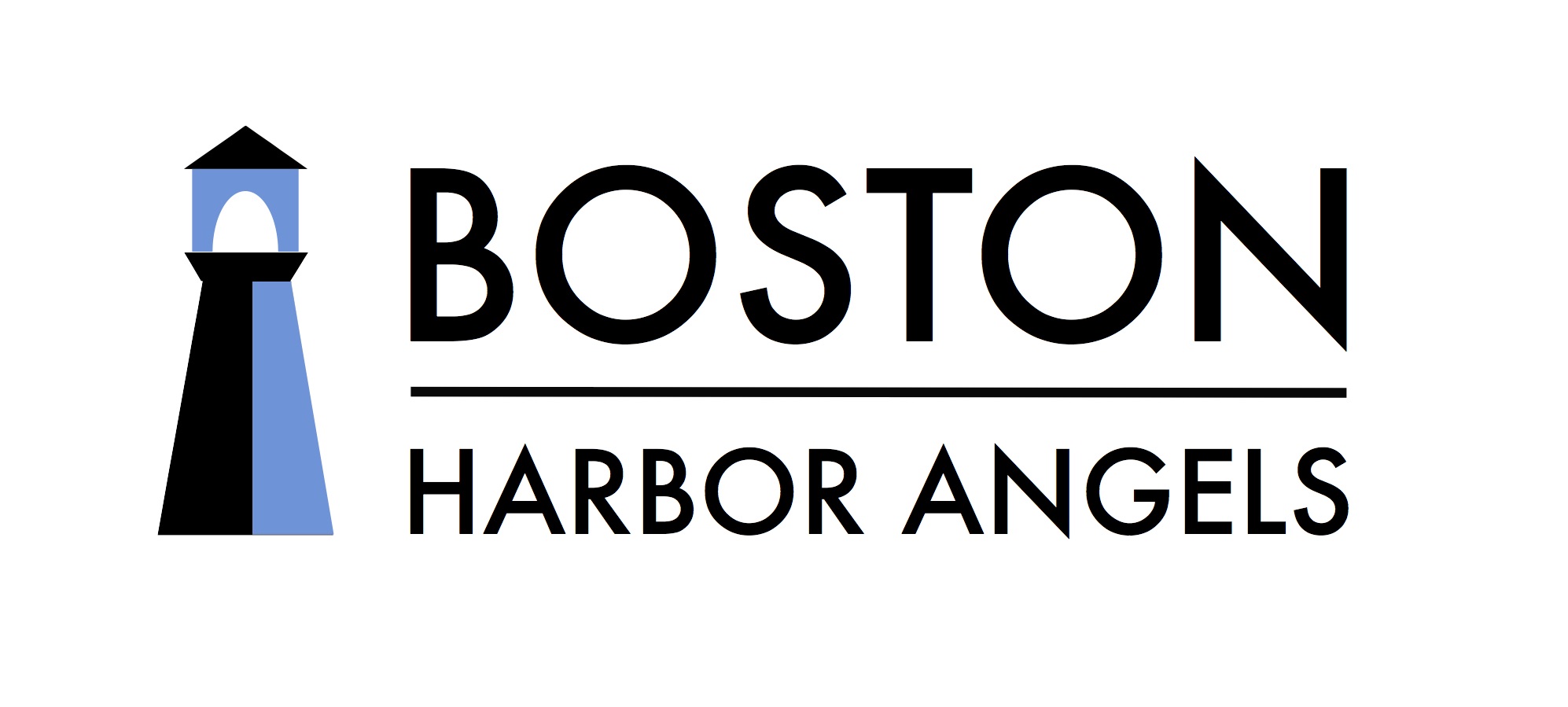Intellectual Property and Patent Law
The following post is from Antonette Ho, Group Operations Manager at Boston Harbor Angels.

Earlier in March, the Boston Harbor Angels held an Intellectual Property (IP) and Patent Law Workshop at Nutter, a sponsor of Boston Harbor Angels. David Powsner, a Partner in the Intellectual Property Department, and a member of Boston Harbor Angels, facilitated the session. Powsner shared the different types of intellectual property, questions to ask when it comes to IP and resources for further investigation.
Intellectual property is an invention or creation that the author can apply for protection. By doing so, the creator retains all rights to the work and gets recognition and/or financial benefit from the invention. There are different forms of intellectual property:
- Patent: a non-obvious technical advancement. Patent protection is specific to the country where it is issued and can last about 15-20 years. The term “provisional patent” refers to a filing that does not have to adhere to patent claims, but requires fewer adherences to formal standards. Provisional patents can last up to a year.
- Trade secret: protect formulas, customer lists, methods, etc. There is no need to file an application for a trade secret but there needs to be evidence that there is an identifiable secret. NDAs can ensure that there is protection for a trade secret.
- Copyright: protect writings, pictures, music and other “works of authorship.” Although in the U.S.A. it is not required to file protection, it improves the rights and remedies. Putting a copyright notice, ©, helps with this protection.
- Trademark: words, logos and other things that identify the source of the goods/services. Trademarks protect against confusingly similar marks; where it is used is where it is protected. Filing is not required, but it gives nationwide protection. Registered trademarks use ® otherwise ™ can be used.
Having IP helps investor confidence and, down the line, an acquirer. From the investor perspective, Powsner suggests to ask the following questions when evaluating a deal:
- Get the big picture: what is the company selling? What is the secret sauce or what will be their marketing shtick?
- How does the company plan to protect its IP? What is the timing? Does it align with the company’s goals?
- Where did the company’s IP originate? When was it developed and by whom? Does someone else currently own it?
- Competitive landscape: could the company be shut down by a competitor’s patent(s)?
For the entrepreneur, Powsner suggests to start thinking about IP early. The process of getting something protected takes time and there is always a risk that someone will file before you do. In the case of patents, Powsner shared that you can file multiple patent applications at once. There is the question of whether to apply for a patent application vs. a provisional patent. Powsner reminded that at the end of the day, it is the substance that counts.
As you start thinking about IP, either how it applies to your investments or as an entrepreneur towards your venture, these resources that Powsner shared may be of help:
- USPTO.gov: this government website includes annual activity based on calendar year and provides patent and grant activity from 1790 to present.
- Google has an advanced search function that allows users to search for patents, accessible here.
- Other research sites such as Lexis Nexis have IP search capabilities with a subscription.
Many thanks to David and Nutter for hosting this informative session!
